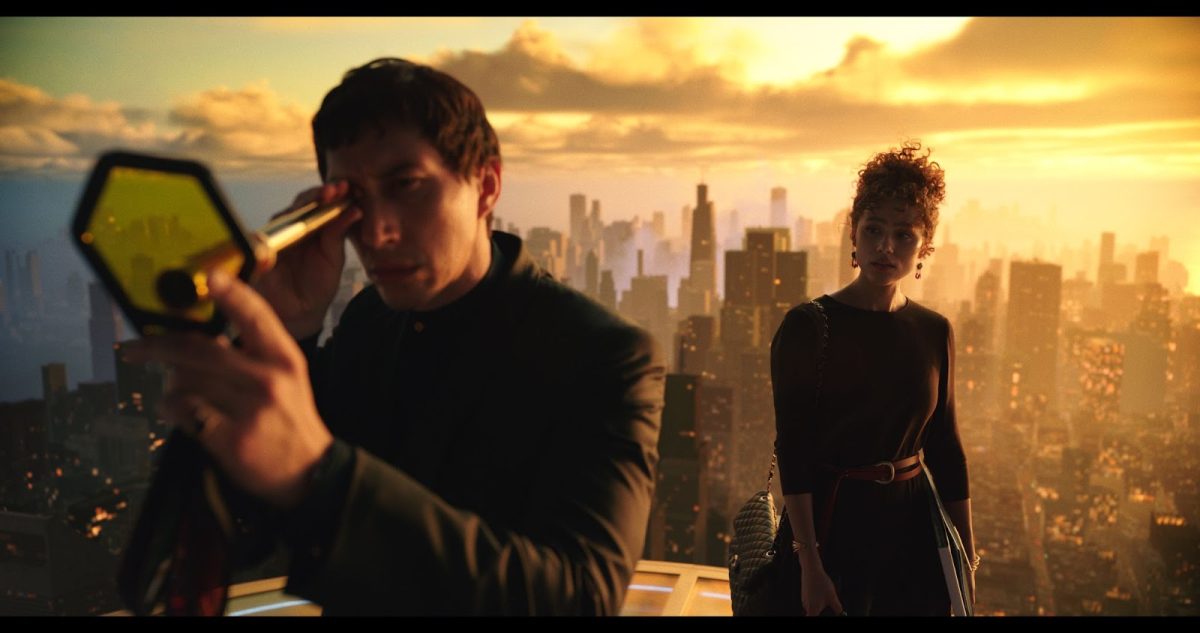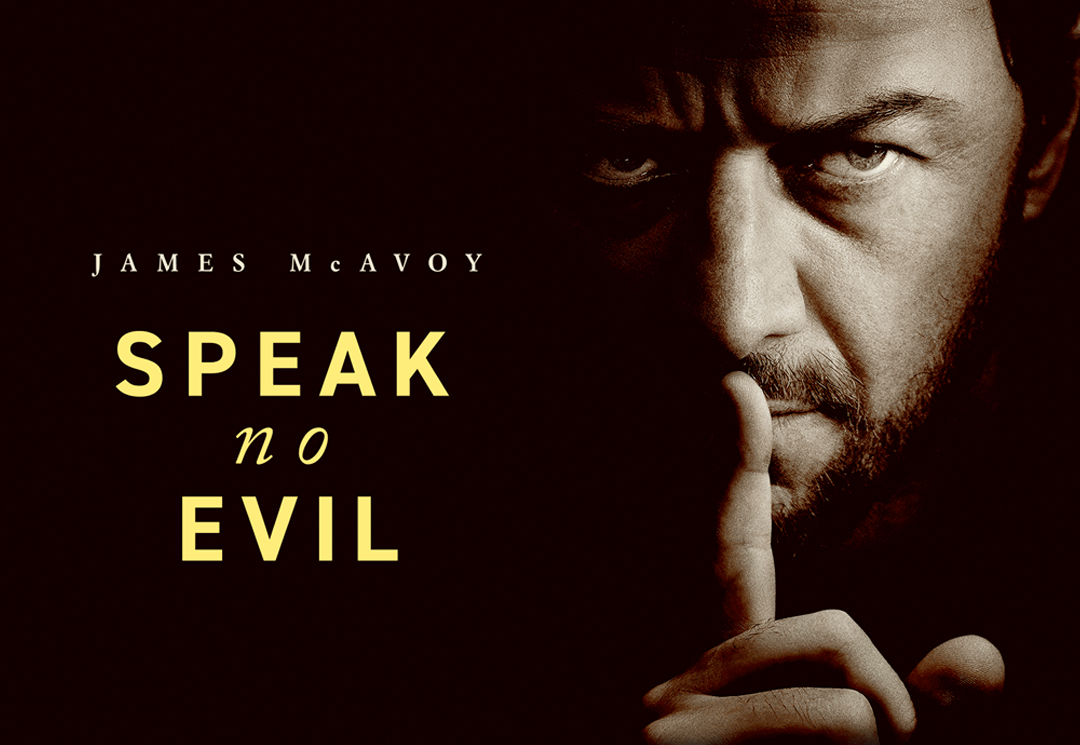
I think we can all agree that Christopher Nolan is this generation’s Stanley Kubrick. From a technical, innovative and visceral sense, Nolan explores the deepest level of consciousness and the questionable moralities of human rights and actions. Which is why I was so excited to view his World War 2 epic Dunkirk. Nolan’s take on one of the most notorious military operations of all time should be worth seeing.
Nolan’s choice to retell this event, dubbed the “Miracle at Dunkirk” by Winston Churchill, might have many motives. One I can be certain of is that this event has never been brought to the big screen in this magnitude. It surely took a miracle for Nolan to sell this movie to studios with no love story, no American involvement and no victory to speak of. To quote one British veteran of the time: “It was a victorious retirement, but we were beaten and there was no question.”
The film begins with the briefest of expository notes on the conflict. Hardly academic, but neither elementary, it almost gives the impression that Nolan did not wish it to be known which conflict or even what year it was. I can’t remember a single mention of the enemy forces, the Germans, until late in the film. Perhaps Nolan’s intent was to avoid persecution of any one nation. The story’s true focus, however, is the Admiralty’s effort to organize the greatest evacuation of men in history. How? By issuing the call for every available civilian boat to head for Dunkirk.
Dunkirk tries to distance itself from the old school, spot-the-star World War II epic and mostly succeeds. From a technical standpoint, the film is unmatched in terms of cinematography, music and level of detail. It transports the viewer right to the beaches and into the throes of a war-torn English channel. If the film invites complaint, it might be from the lack of focus on any particular person, place or incident.
Luckily Nolan provides the main pieces of the story. With a little modern day cinema storytelling techniques, one might call this Memento meets Saving Private Ryan. The performances are top notch, with pros like Kenneth Branagh and Mark Rylance. Tom Hardy, hiding his face behind fighter pilot’s garb in a Spitfire in a move that’s reminiscent of his role in Mad Max: Fury Road, still manages a great performance, especially in the film’s conclusion. The problem, at one hour and 47 minutes, is that the evacuation itself seems a little brief, with the escape being the real struggle.
The ending refers to the “Miracle at Dunkirk” using Winston Churchill’s actual words as a plea to go on fighting. This was the purpose of the evacuation, an effort that allowed the men to fight another day. With no enemy to name, Nolan might well intend this as a parallel to today, with our perpetual wars fighting against relentless enemies, sometimes only surviving to fight another day.











